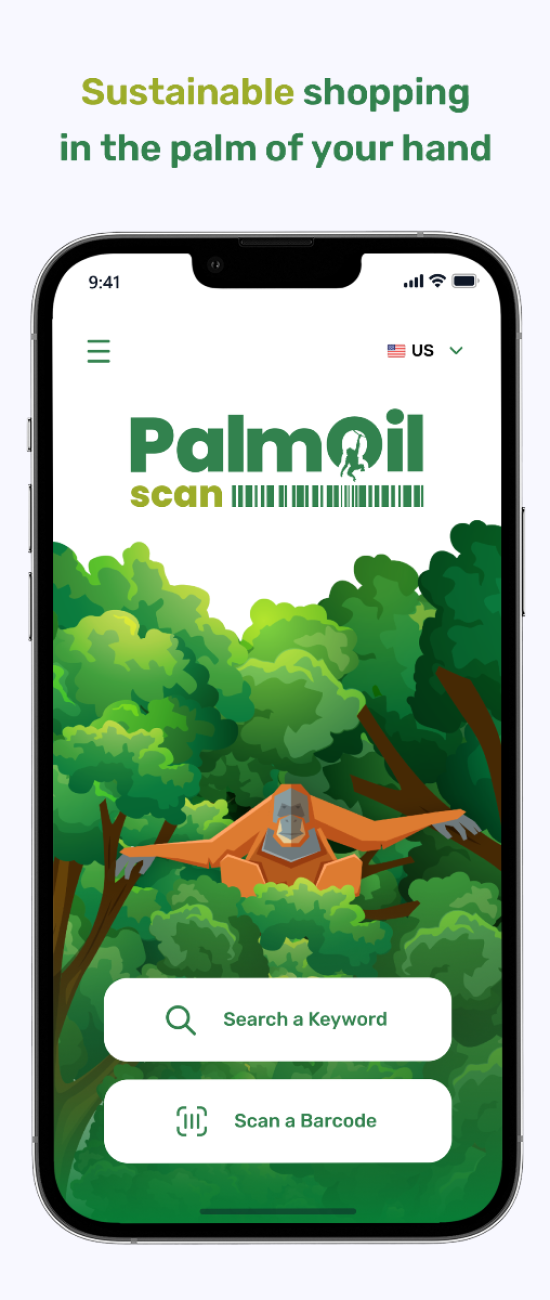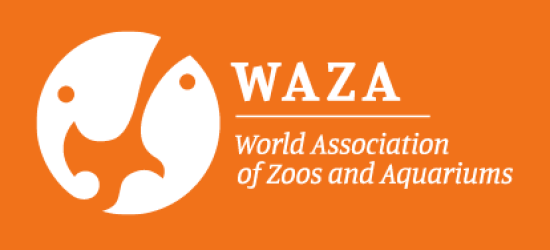What is palm oil?
Palm oil is the most widely-used edible vegetable oil around the world. It comes from squeezing the fruit of the oil palm tree (Elaeis guineensis and Elaeis oleifera). It is inexpensive and efficient, making it the world’s most widely used vegetable oil — and global consumption is rising. Palm oil is widely used because of its versatility and its many properties such as being semi-solid at room temperature and stable at high temperature, resisting oxidation, and being odourless and colourless which helps preserve product integrity.
Although native to Africa, oil palms were brought to Southeast Asia in the mid-18th century, and Indonesia and Malaysia currently account for 84% of the world’s palm oil supply (USDA, 2021). Millions of families depend on the palm oil sector in producing countries. In Malaysia, 4.5 million people make their living from palm oil production, which plays a crucial role in poverty reduction.
However, the unsustainable establishment of mass oil palm plantations is harming the environment, habitats and the species that inhabit those lands.
Between 1980 and 2020, global palm oil production increased from 4.5 million tonnes (IUCN, 2018) to 75 million tonnes annually (RSPO, 2016). Palm oil can be found in about 50% of the products you can buy from a store, including pre-packaged foods, shampoo, chocolate, cosmetics, pet food, and cleaning supplies. Currently about half of people worldwide, predominantly in Asia and Africa, rely on palm oil as the cooking oil of choice.
As the global population continues to grow, so will the demand for palm oil which is expected to increase by approximately 1.7% per year until 2050 (IUCN, 2018). This expansion has historically driven deforestation, primarily in Southeast Asia, but also, and more recently, in Latin America and Sub-Saharan Africa.
Tropical deforestation linked to unsustainable palm oil production has been responsible for greenhouse gas emissions, regional smoke haze, water pollution, human rights abuses, and has put wildlife conservation at stake in some of the world’s biodiversity hotspots.
How are Zoos helping?
Below is a link to a short guide, that was comprised by a subgroup of the World Association of Zoos and Aquariums (WAZA) Conservation and Environmental Sustainability Committee to help WAZA members understand and support the World Association of Zoos and Aquariums (WAZA) / Roundtable on Sustainable Palm Oil (RSPO) Memorandum of Understanding (MoU) regarding sourcing sustainable palm oil. Regardless of the location of zoos and/or aquariums or the size of zoo/aquarium budgets, the guide contains simple steps and information to assist zoos/aquariums to start changing the way organisations think about and sources palm oil.
What is the solution?
The boycott of palm oil does not offer a long-term solution to the problem.
Part of the solution is the promotion of certified sustainable palm oil production. To boycott palm oil and switch to an alternative vegetable oil such as canola/ rapeseed, sunflower, soy, or coconut would require between four to 10 times more land for growing as well as additional resources, fertilisers, and pesticides. This extra resource cost would result in greater deforestation, worsening the situation for other ecosystems, wildlife and their habitats, especially in tropical areas.
If palm oil is produced sustainably by protecting tropical rainforests, species, people within the industry and indigenous populations, it can be the most ecologically friendly vegetable oil available for mass consumption.
It is also important to recognise that the majority of calls to boycott palm oil are emerging from western regions like Europe, Australia/New Zealand, and North America. While these regions import palm oil, the bulk of importation and/ or consumption is occurring in just four countries—Indonesia, Malaysia, India, and China.
If western regions were to boycott palm oil altogether, a market for unsustainable palm oil would still exist. This highlights the importance of transforming the market to make sustainable palm oil the norm.
WAZA Launches PalmOil Scan – An App Empowering Consumers to Make Sustainable Decisions
The World Association of Zoos and Aquariums (WAZA) through the WAZA Palm Oil Subcommittee and its member institution Cheyenne Mountain Zoo representing the United States and Canada, is proud to announce the launch of PalmOil Scan. This mobile app is a crucial initiative in explaining why zoos and aquariums must care about palm oil while also empowering consumers to make sustainable decisions. The app allows users to scan a product’s barcode and learn if the company that makes that product is committed to sourcing Certified Sustainable Palm Oil (CSPO).
Cassowaries
Cassowaries (Casuarius sp.) arenative to the tropical forests of
Papua New Guinea, Indonesia, and northeastern Australia.
Recent studies (Pangau-Adam et al., 2015) have found that
cassowaries are intolerant of heavy forest disturbance and
that forest degradation needs to be addressed in order to
secure their populations.
Sumatran Tigers
In 100 years, 97% of all Sumatran tigers (Panthera
tigris sumatrae) have been lost. They are victims of
illegal hunting and human-wildlife conflict, but habitat
degradation is the main threat to their survival. From
1990 to 2010, Sumatra lost about 40% of its forests,
mainly due to the expansion of oil palm plantations,
which threatens the survival of this species with an
estimate of under 400 individuals remaining in the
wild.
Tree Kangaroos
Tree kangaroos (Dendrolagus sp.) live in lowland
and mountainous rainforests in West Papua,
Papua New Guinea, and the far north of Queensland, Australia.
Habitat loss for logging, timber production, or conversion
to coffee, rice, or oil palm plantations have become the
major threats to their survival.











